Learning flamenco is learning a language
Thoughts from the Director’s Desk:
Flamenco is like learning a language
I often get asked why I teach in 8-12 week sessions and people ask if they can just drop in to classes, or start halfway through a session. That doesn’t work so well.
I also often see students come and go as they seem to get disappointed when they cannot pick up flamenco immediately or when they don’t progress to fluency as quickly as they’d like.
Here are some pointers about what makes learning flamenco so different:
Flamenco is not zumba
While flamenco is a folk form and made of accessible steps, they aren’t part of the popular movement vocabulary you might find in a dance party. While the steps might be commonplace in southern Spain, if you didn’t grow up seeing and doing them, they take a bit longer to pick up. Much of the music as well has rhythms that we may not be used to here in the U.S.
Flamenco is not ballet
Many many people studied ballet at some point in their life. While ballet has a very specific and somewhat inorganic vocabulary, many people are familiar with its movements along with the structure and etiquette of class, so dropping into a class is possible because of a base level of knowledge.
So, what about flamenco?
Don’t expect to get everything the first time around
Flamenco takes a tremendous amount of repetition - slow and mindful repetition - to integrate into your body. As much as a student attends class, he or she must also practice on their own, finding their own understanding of the movements and music. I cannot emphasize the slowly part enough. Slowness builds mindfulness, which leads to improvement.
Flamenco is like learning a language
Would you drop into a language class and expect to pick up the language? Probably not. Unless you’re able to be immersed in the setting of a language, it’s usually taught sequentially. We can think of flamenco as a language in a several ways:
Rehearsing with Pasión y Arte with Rosario Toledo. This process pushed my skillset, and mentality. I hit a long plateau along the way, but eventually made it through and the process was one of the most rewarding of my early career.
New skills
You need to learn a new alphabet first. For flamenco, this means new ways of moving, of shifting your weight, of lifting your arms, and more. All of that will probably require new strength, alignment, coordination, and flexibility - don’t expect those to develop overnight.
New structures
You’ll learn new grammar structures. In flamenco, this means new rhythms and structures. I remember when I was learning Spanish, I loved listening to Juanes. I had no idea what he was saying - I just liked the beat and vibe. I couldn’t distinguish where one word ended and another began, but as both my vocabulary expanded and my understanding of the structures grew, I could distinguish words, then phrases, and eventually a whole song. Expect the same process in flamenco - it can be overwhelming to learn your first dance - all the steps blend together. As you progress, you’ll start to understand what the different steps are, the sections of the dance. Again, this takes time and lots of repetition.
The inevitable plateau
You’re going to hit plateaus that feel endless. It may feel like you are working twice, or even three times as hard, and not making any progress. This is totally normal!
Find new inspiration
Finding new ways to approach the same movements can help you find progress in the plateau - and may eventually lead to a revelatory moment that takes you a step up. Find inspiration too - we are so lucky to have access to so many great artists thanks to YouTube, so even if you can’t see a live show, you can still see some great stuff.
One of our juergas at the B-Side Lounge. Participating in performances and juergas is essential to understanding flamenco and growing.
Perform if you can
If there are juergas or you have a chance to perform, take it - nothing like dancing in front of people to put your skills to the test and jumpstart a new impetus for practicing, there’s a different energy onstage and outside of the classroom.
Get other perspectives
Take guest workshops or try classes with multiple teachers to get new perspectives. Or switch up your practice routine.
Don’t forget the cultural component
Some things just won’t click until you get to know more about flamenco’s history and culture. If you can’t travel to Spain, there are many books, videos, and of course, live events to help better understand flamenco’s approach to life.
Performance of (Des)Encaracolarse at the National Hispanic Cultural Center in 2016. This work was a cathartic and healing process for me as performer and choreographer. PC: Liz Lopez.
Why flamenco?
So, if flamenco is so hard, why take the time to dedicate yourself to it when there are many easier or more accessible forms?
In the biggest terms, what you give to flamenco it gives back, ten-fold. The reward of finally understanding a step, a structure, and being able to move as one with the music is like nothing I’ve ever experienced. Flamenco can be cathartic or pure joy, and everything in-between.
Check out our “why flamenco” series on our Instagram features to see why many people here in Cleveland do flamenco.
Want to help support the growth of flamenco here in Cleveland? Please consider making a donation to help support our work:



